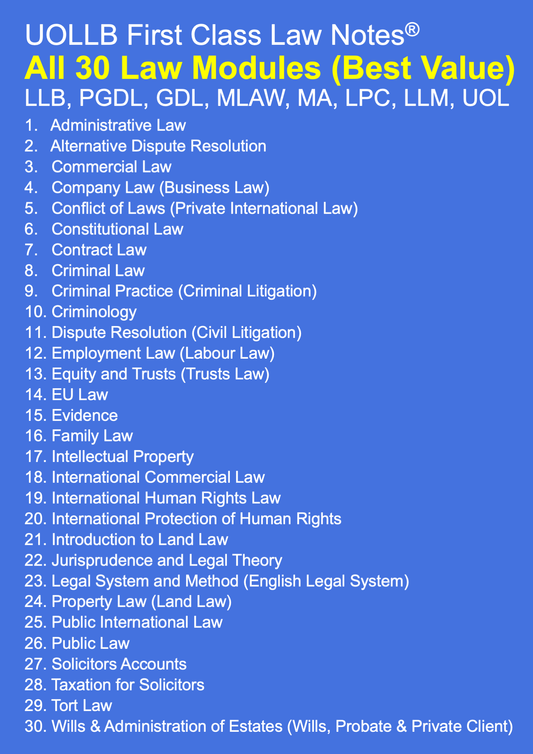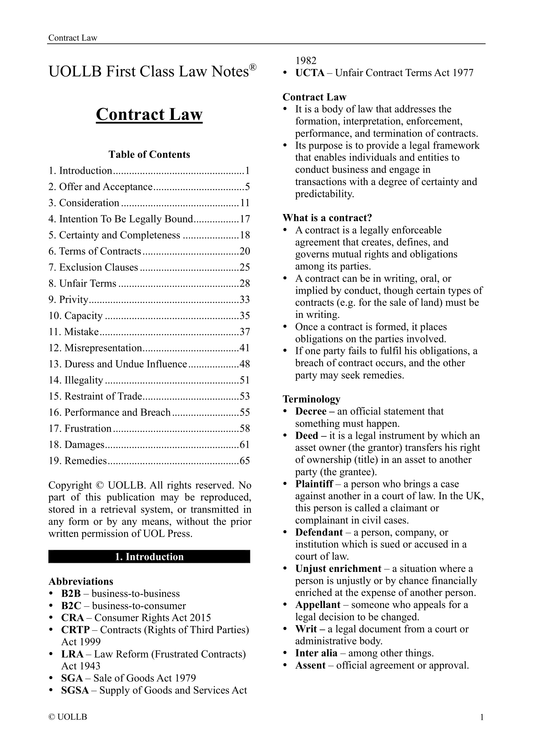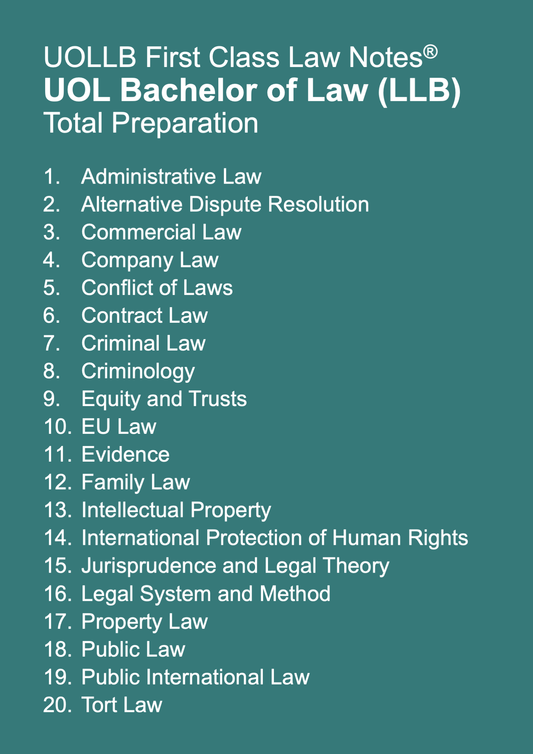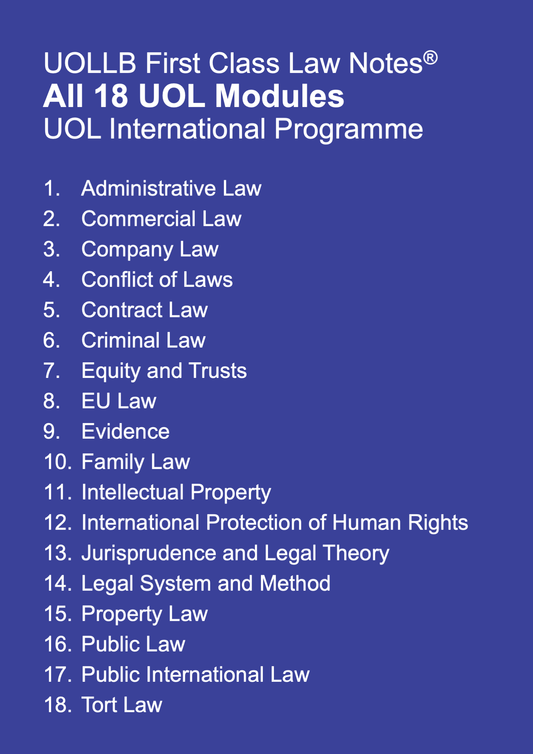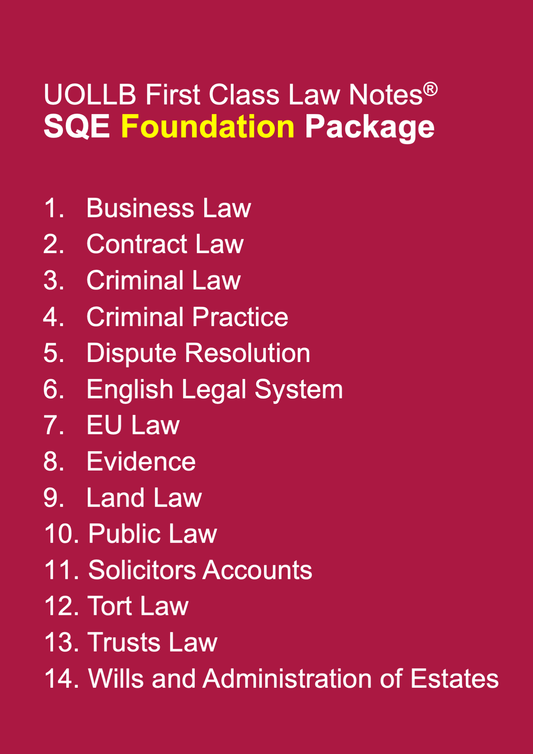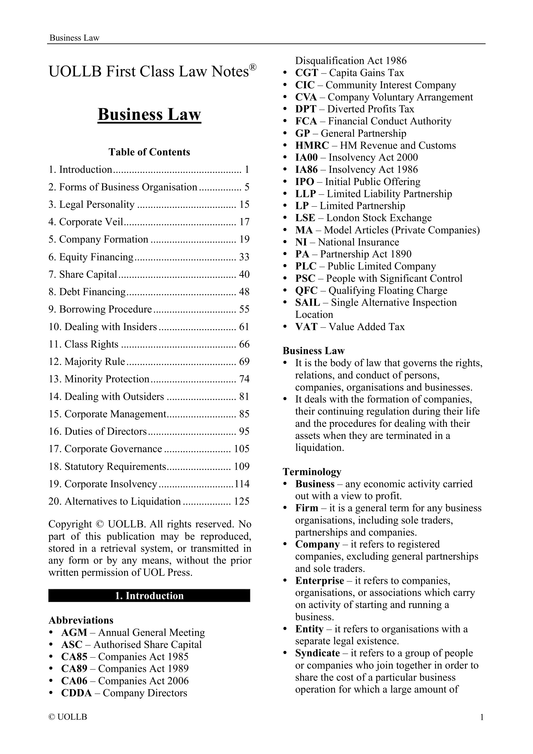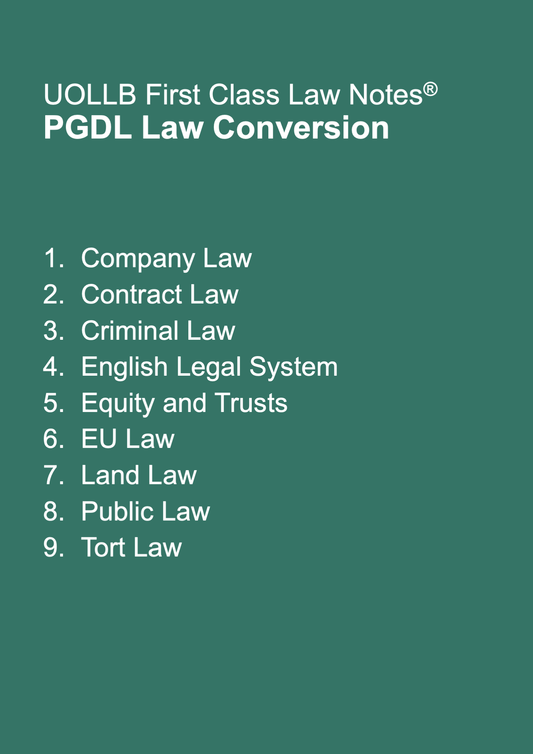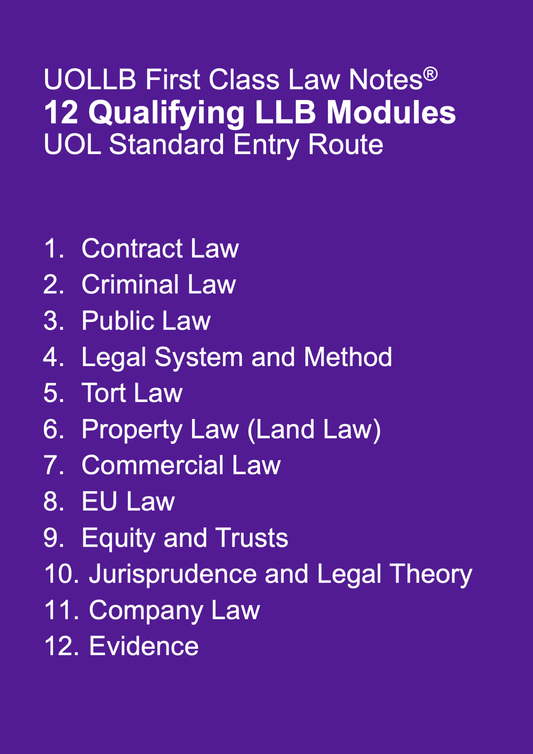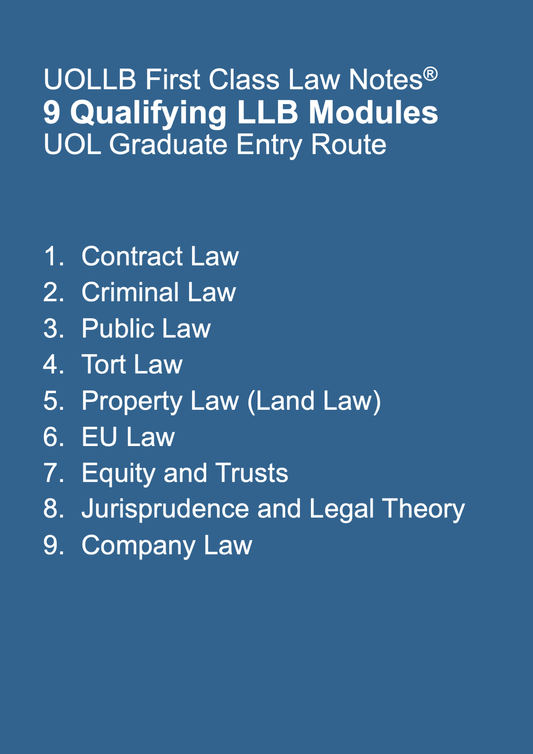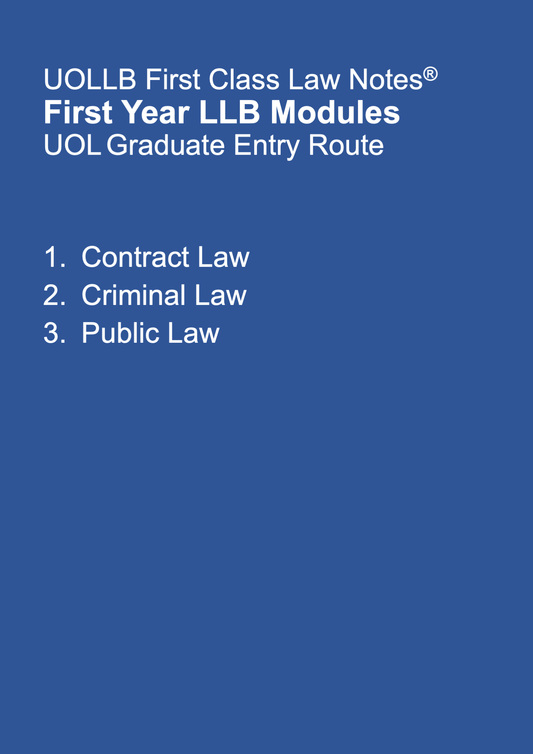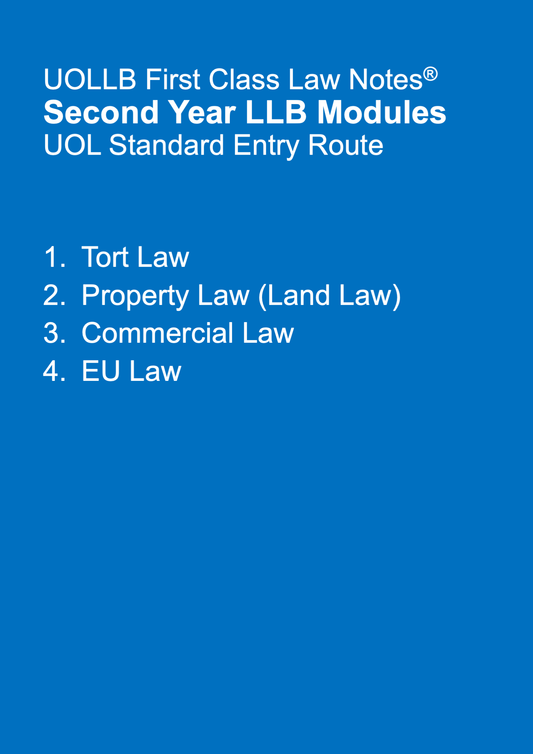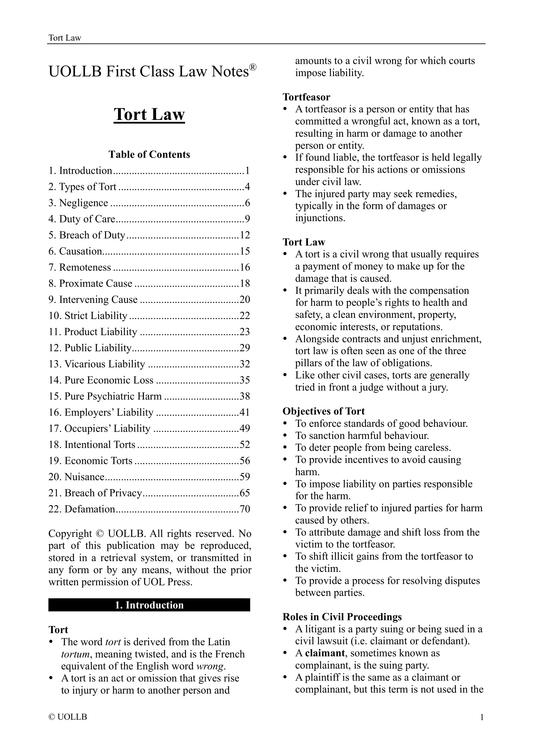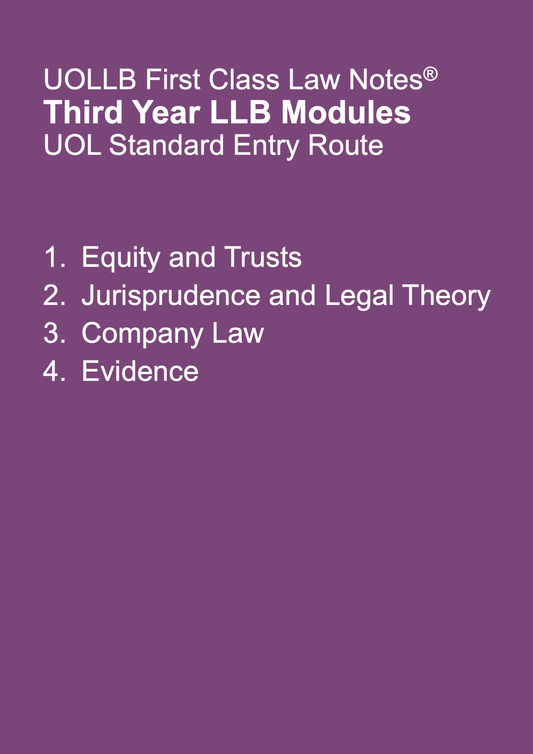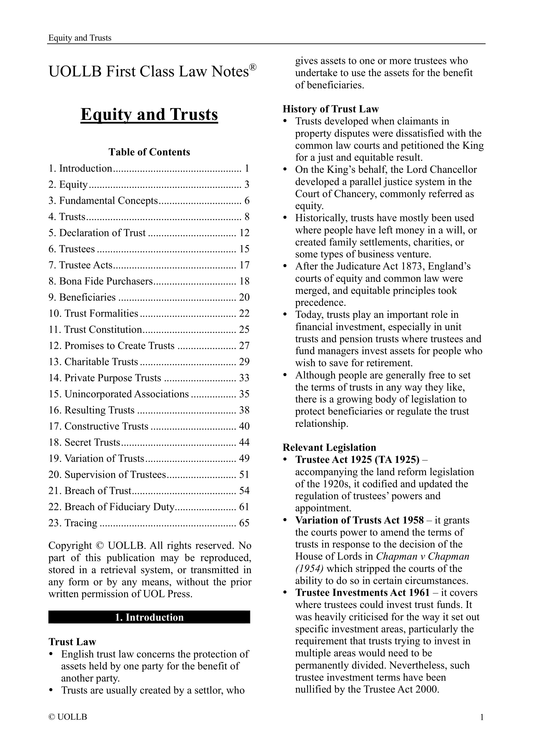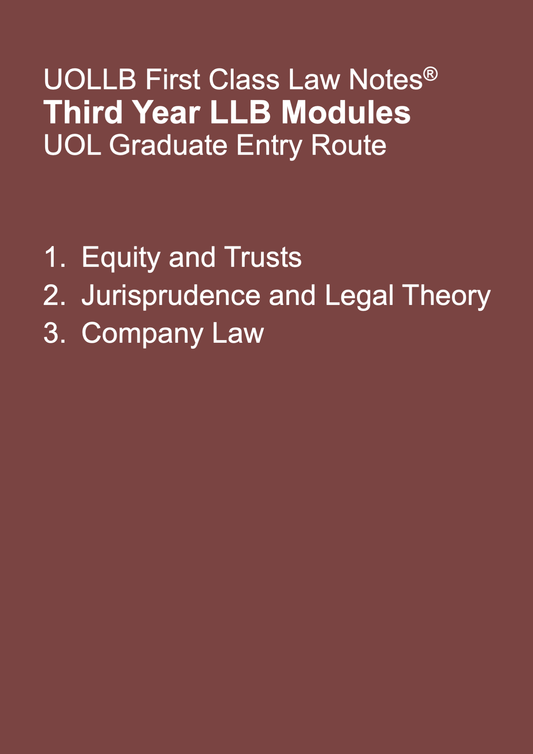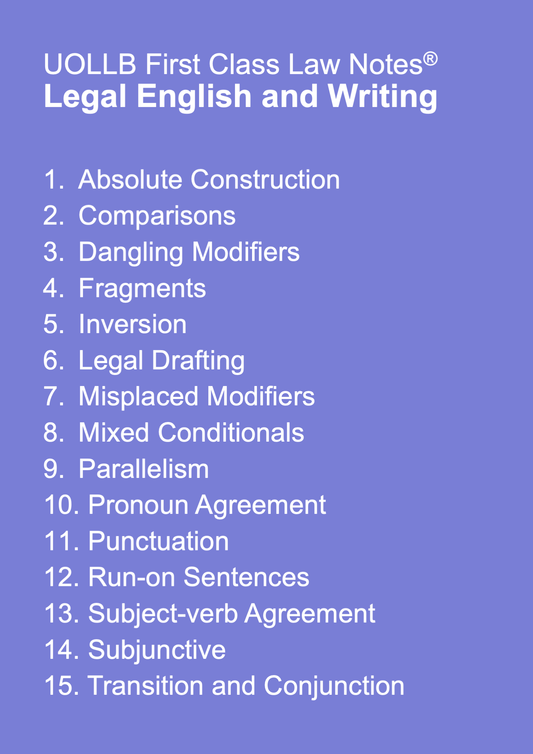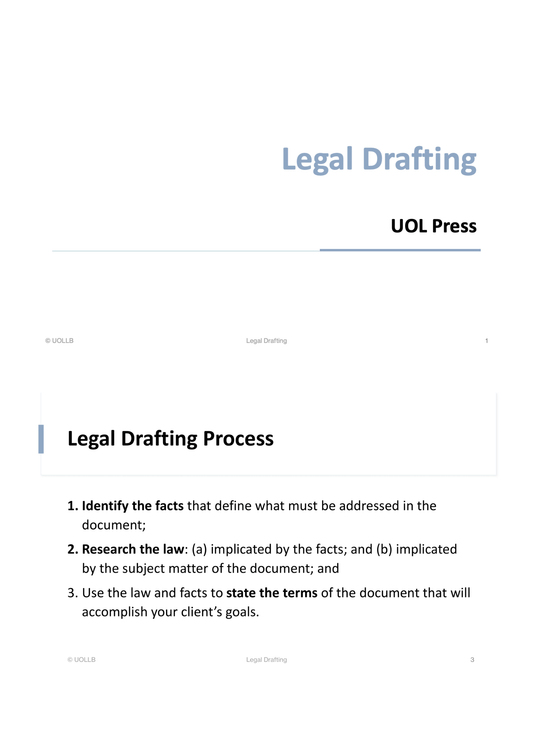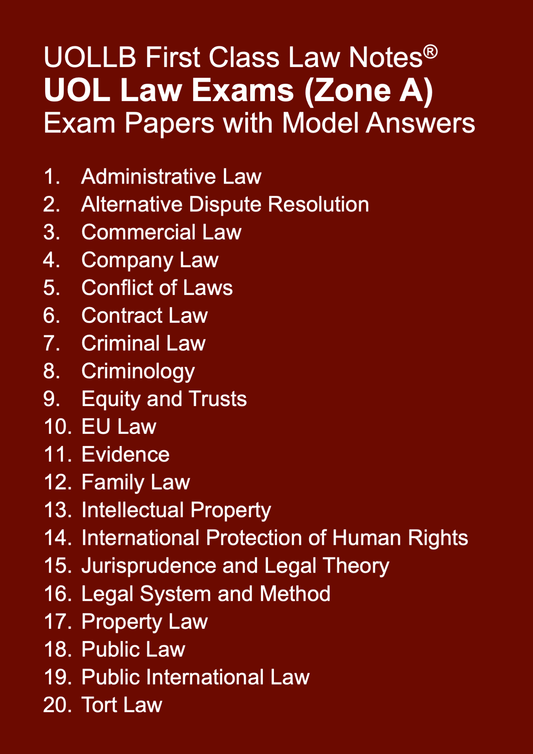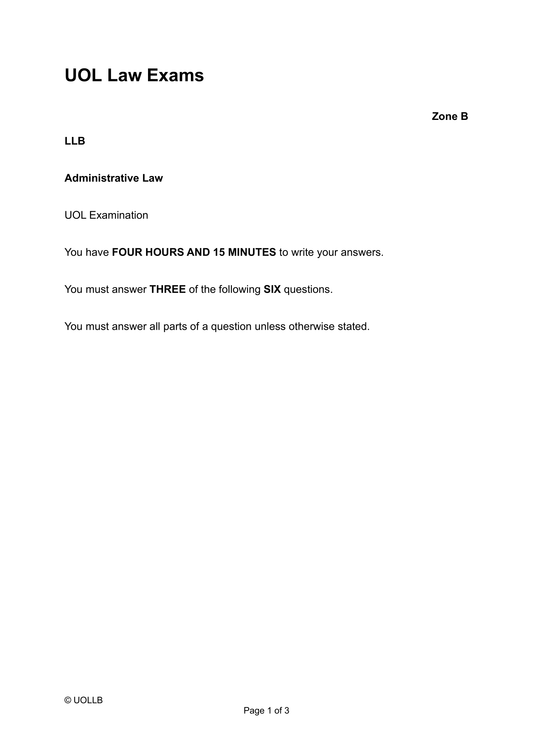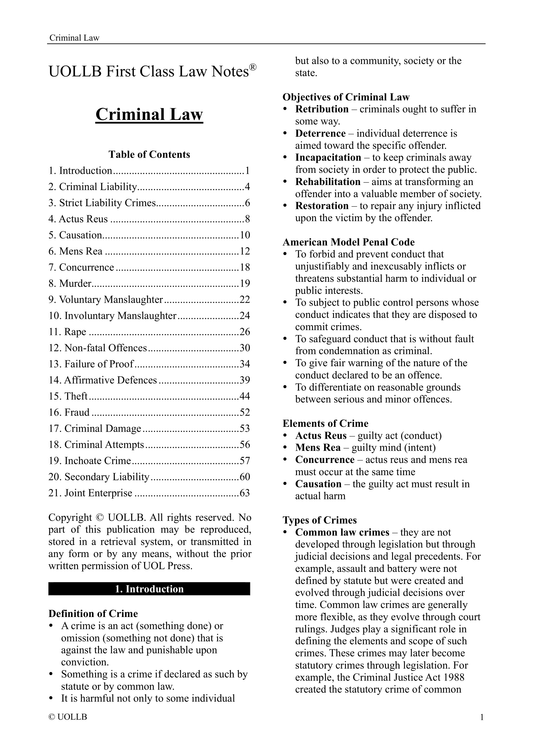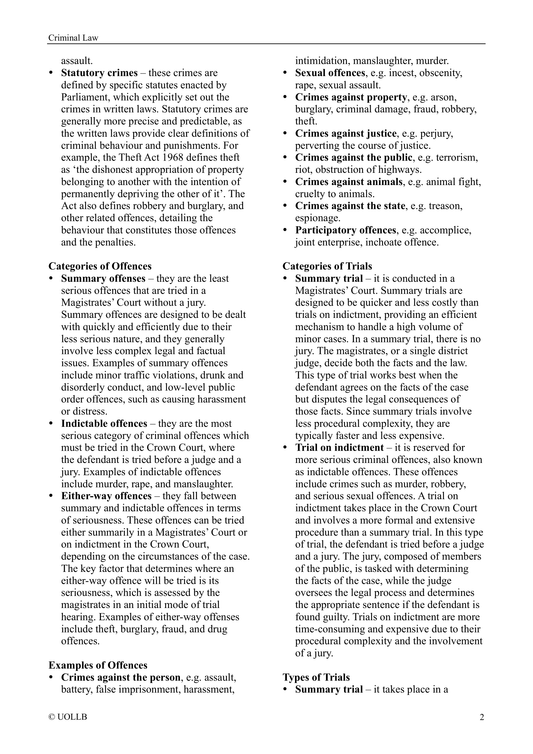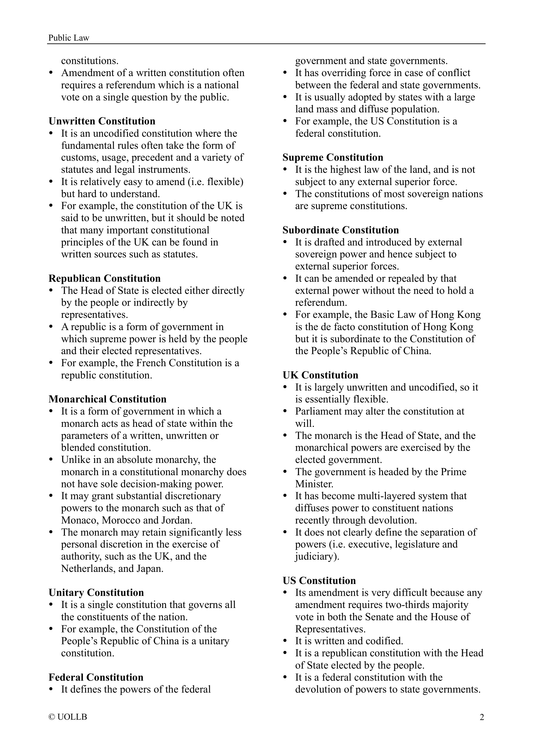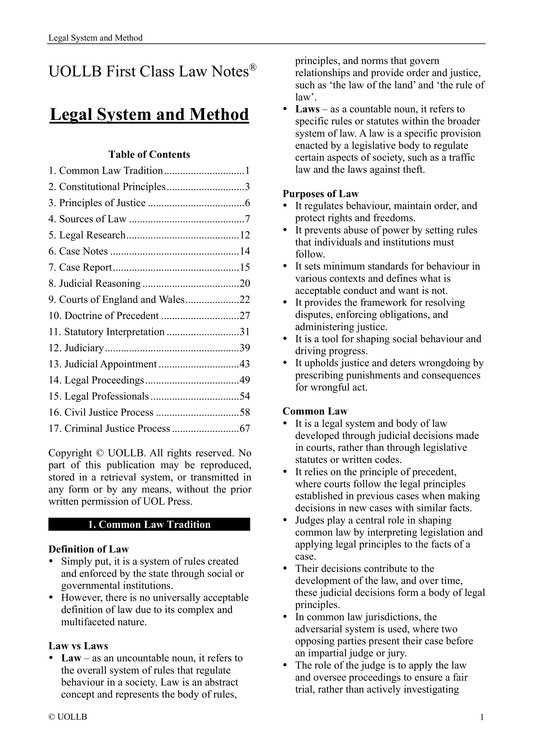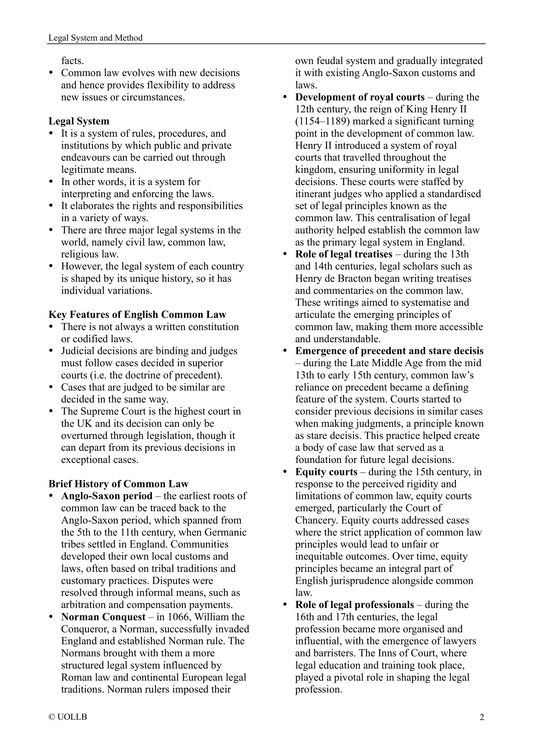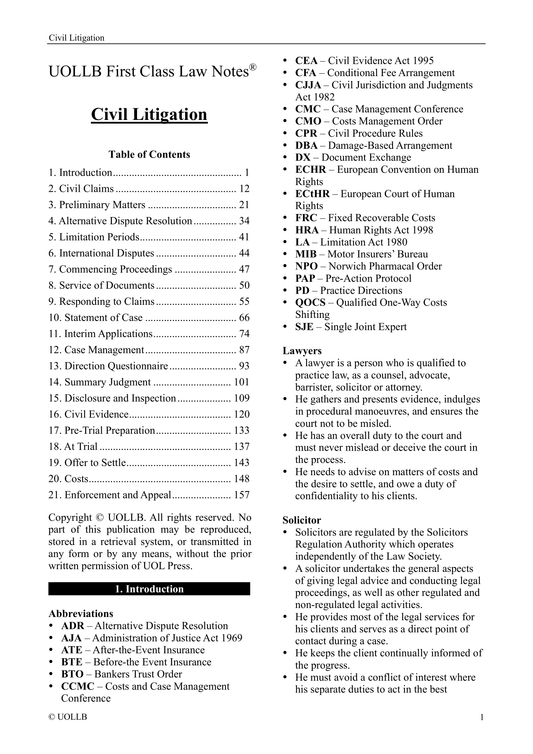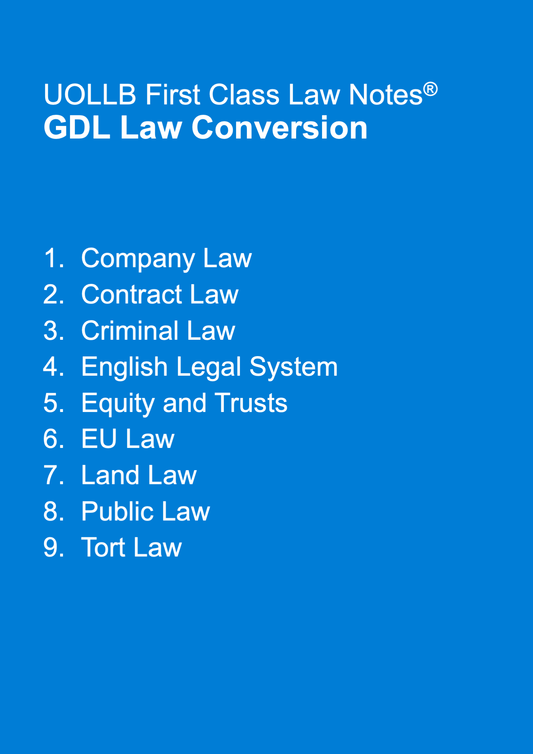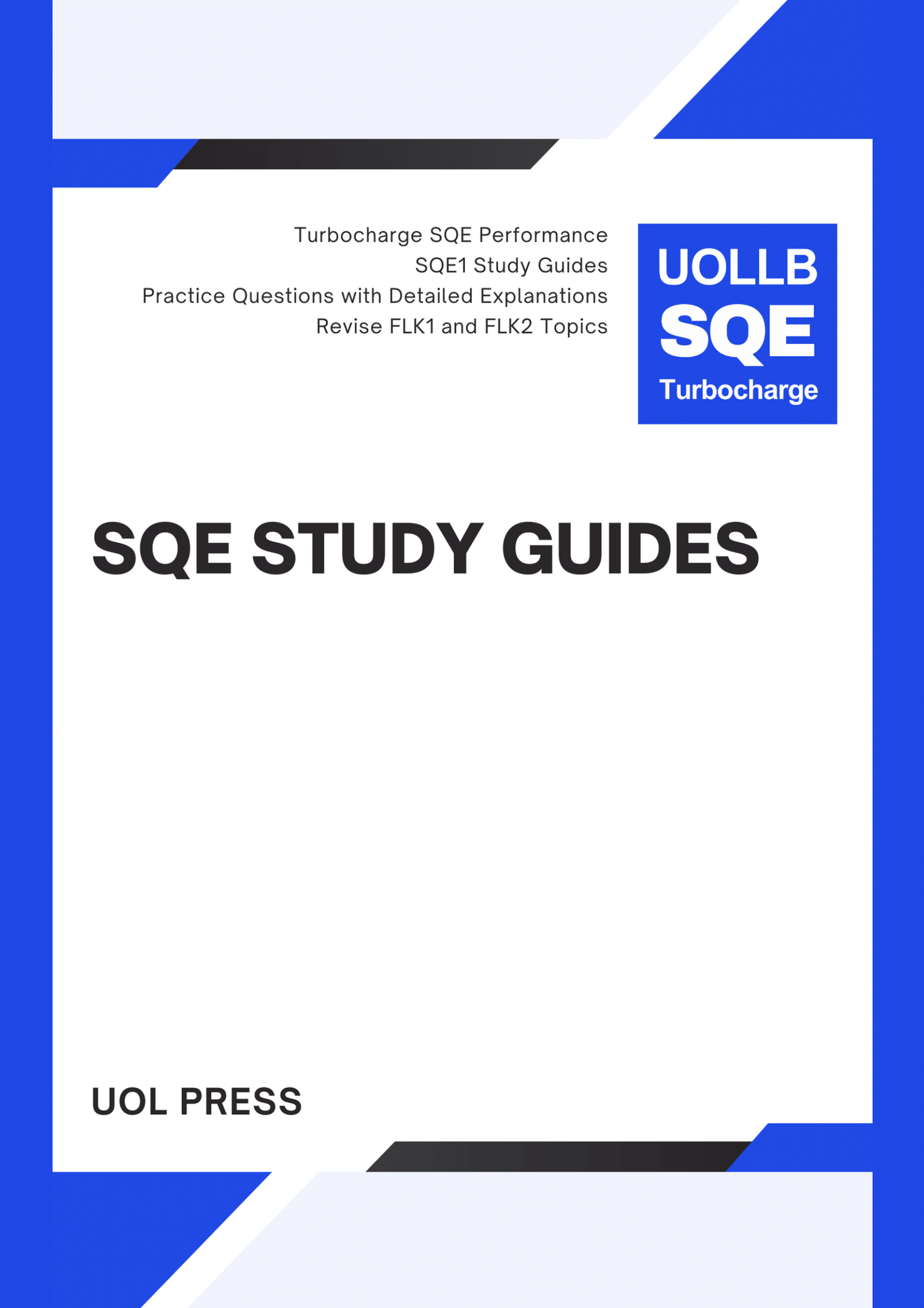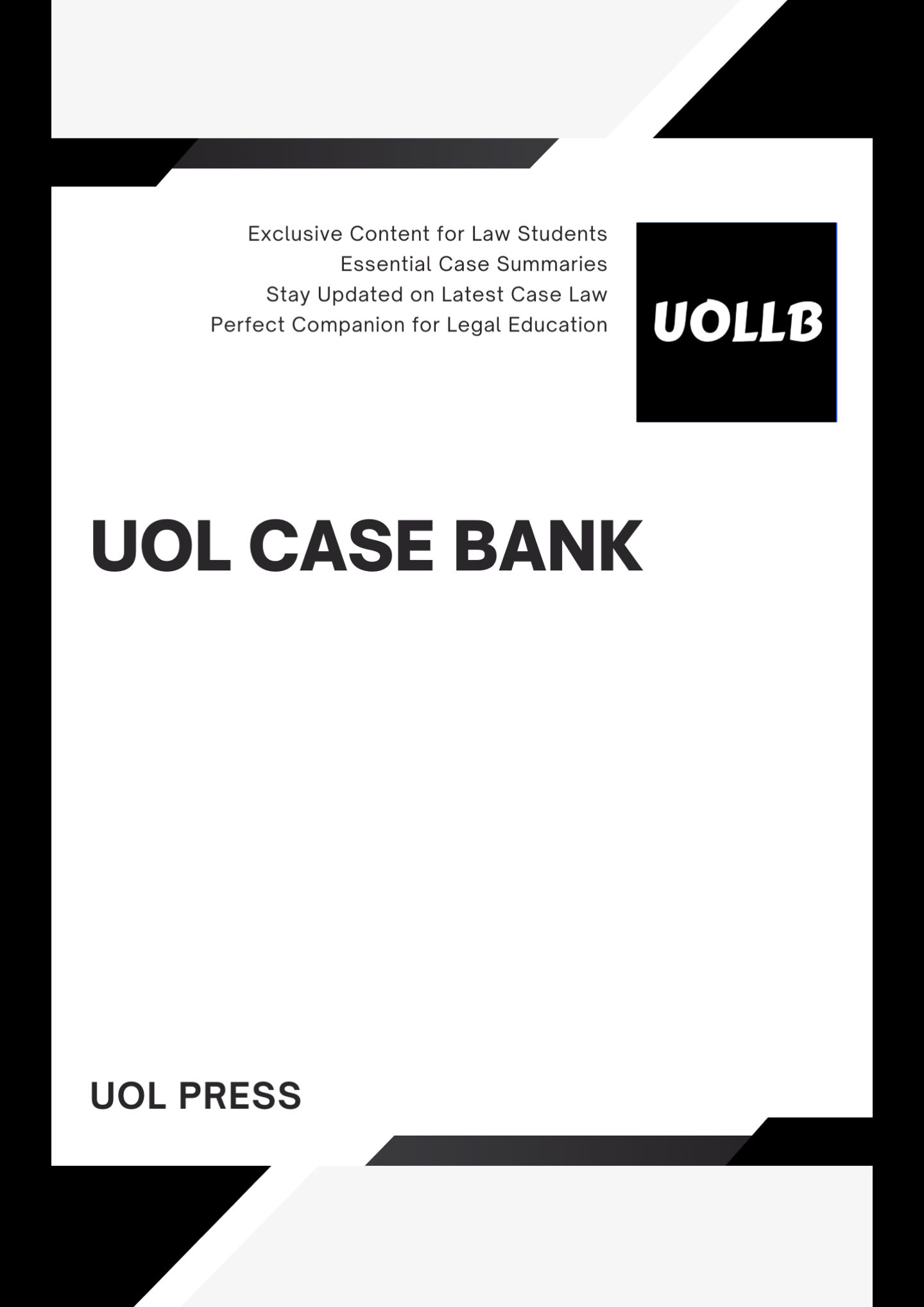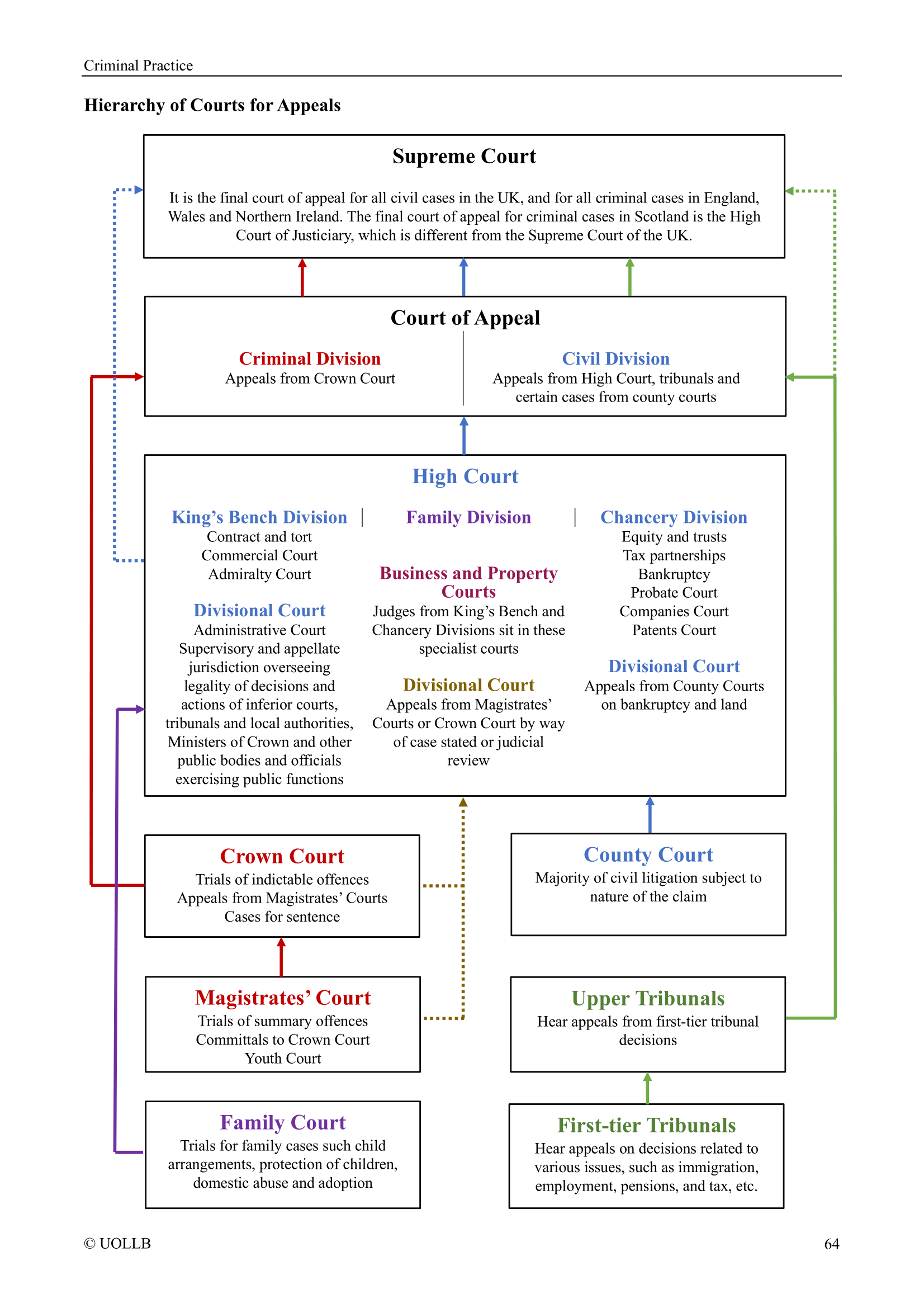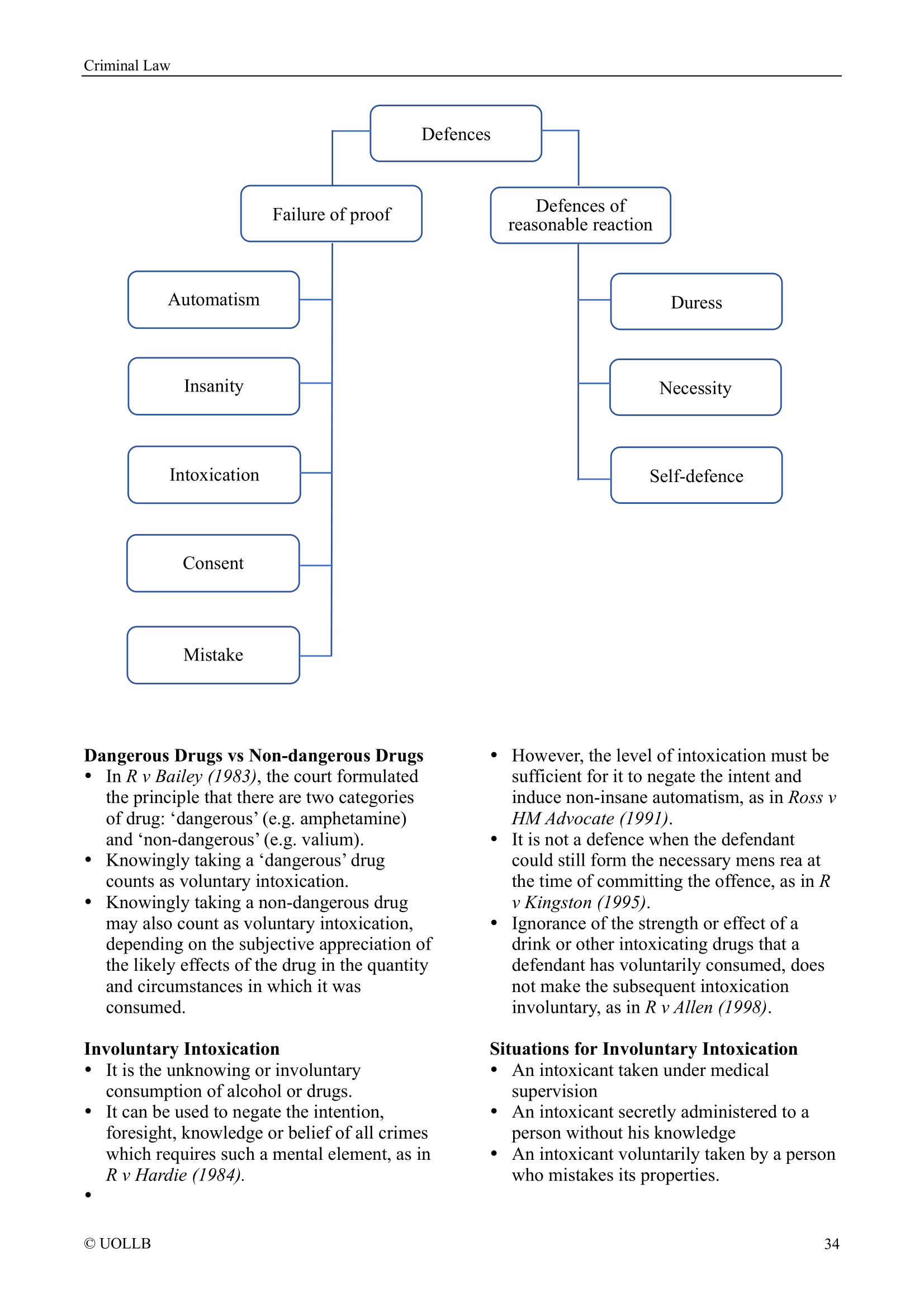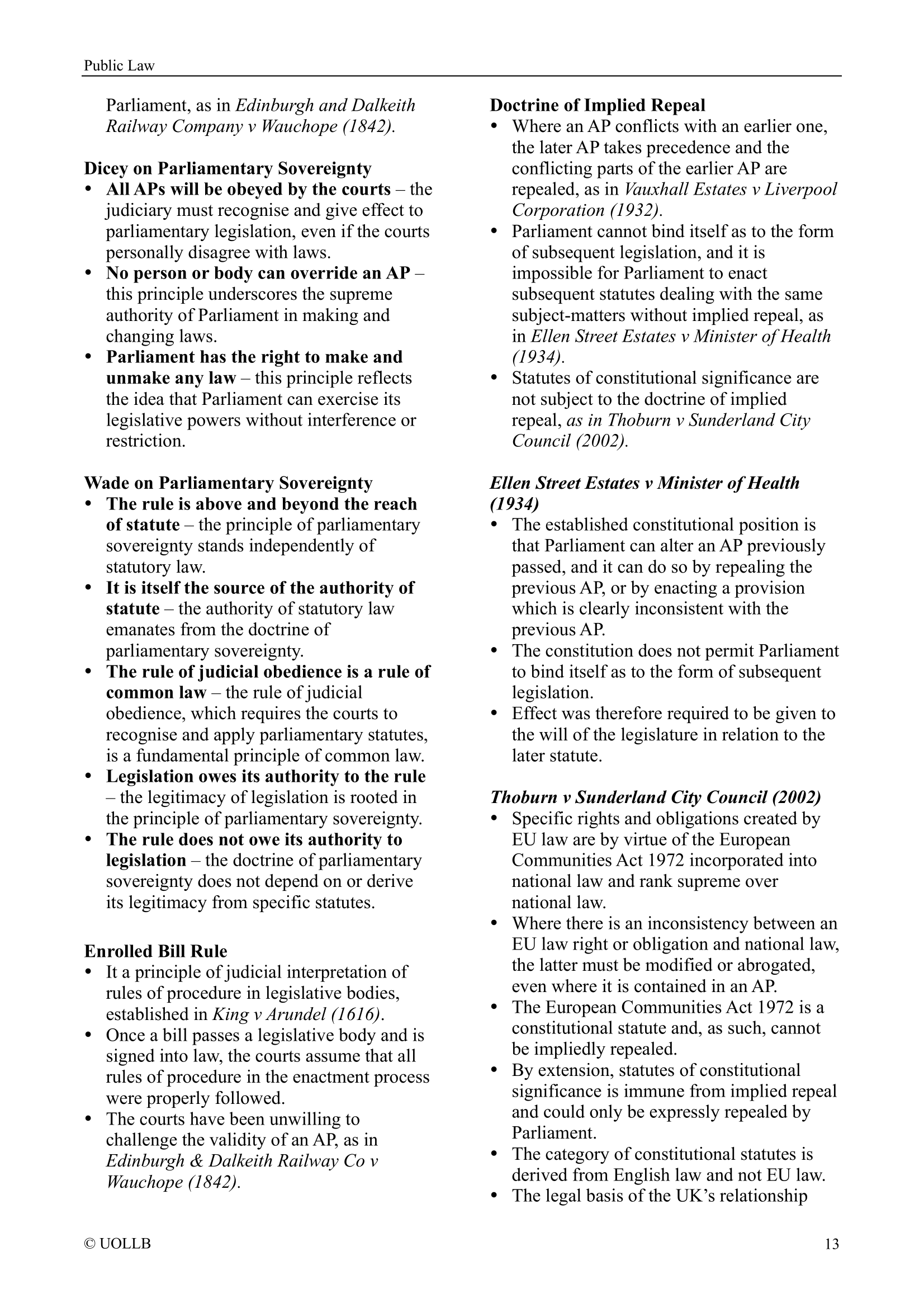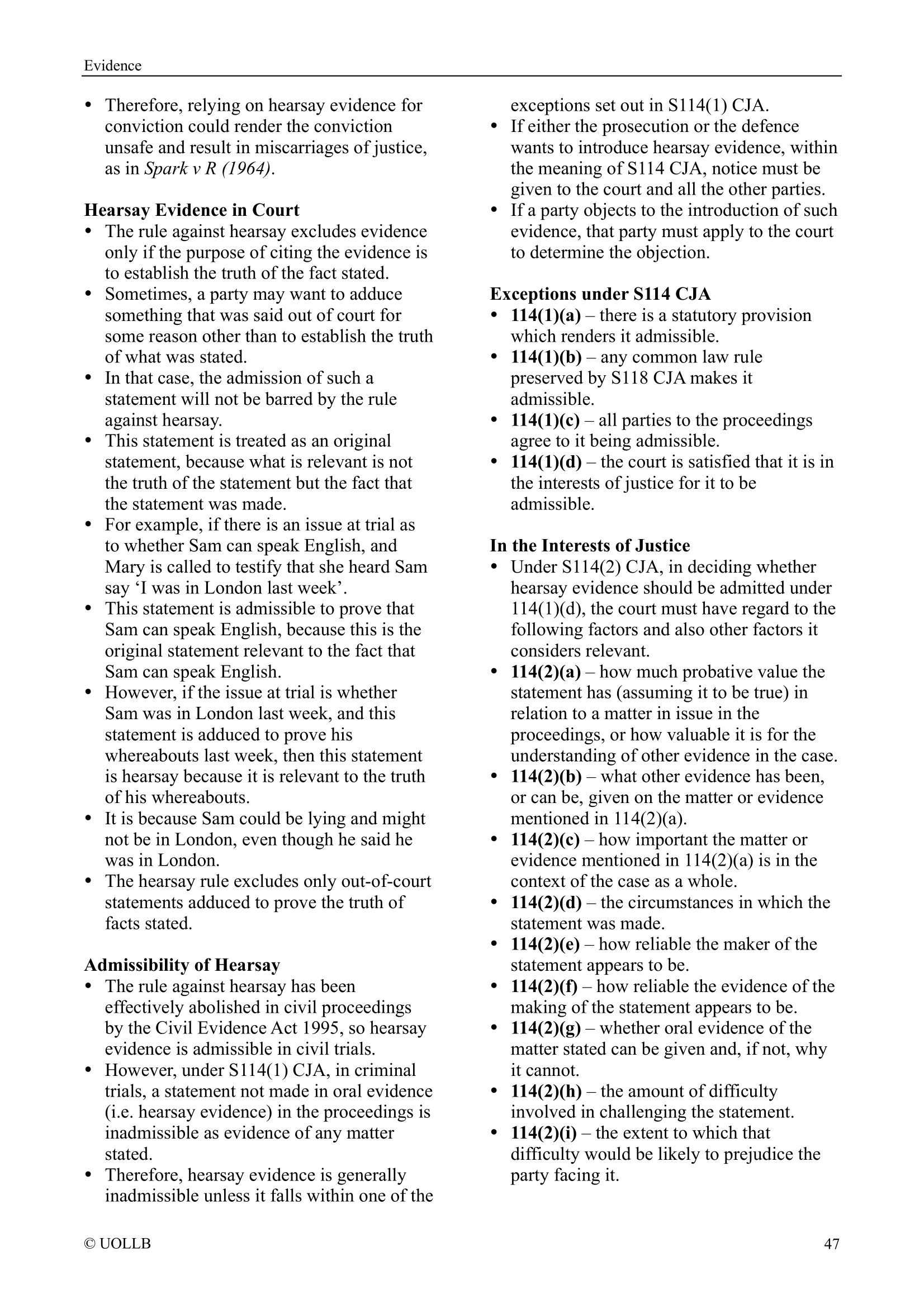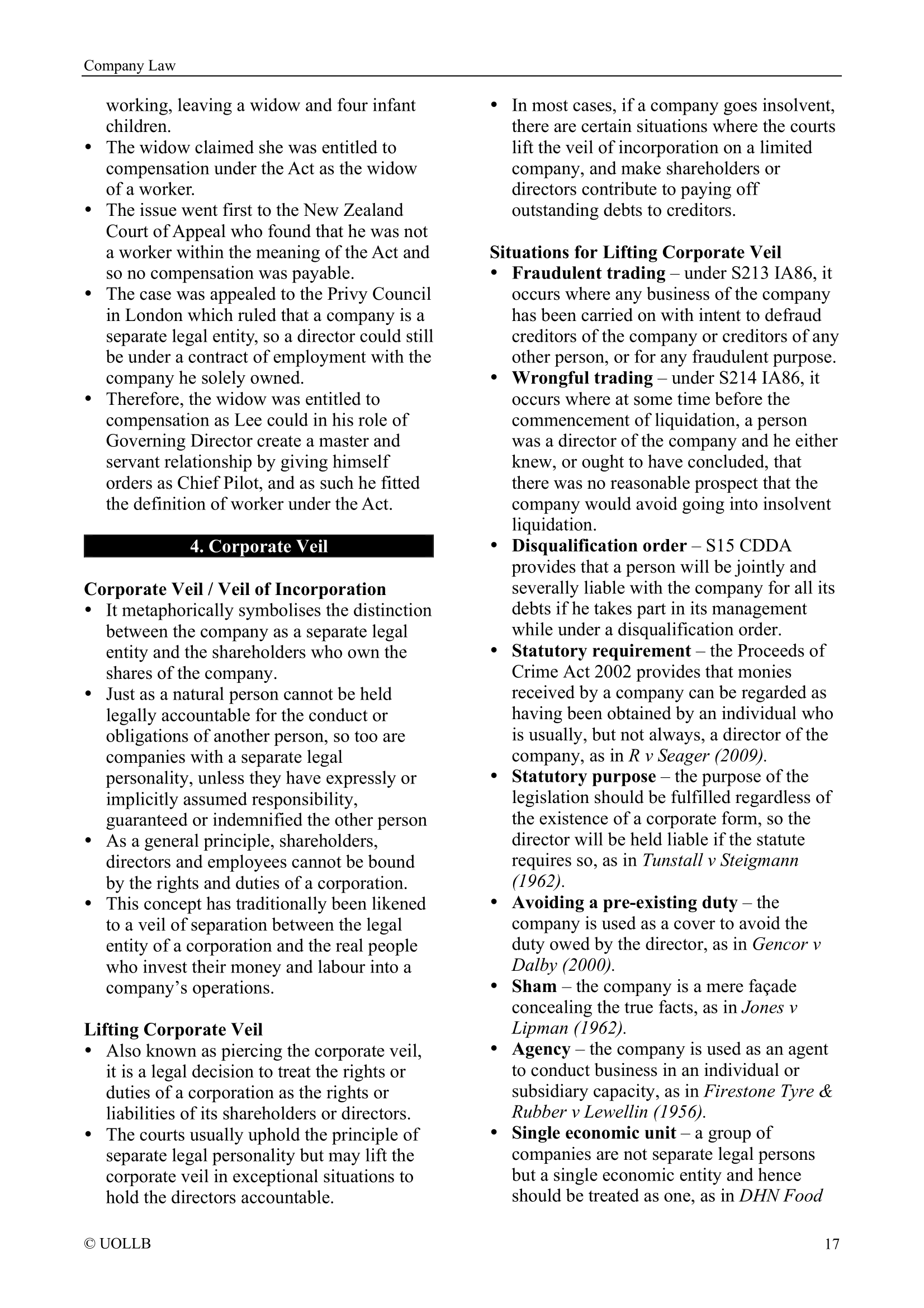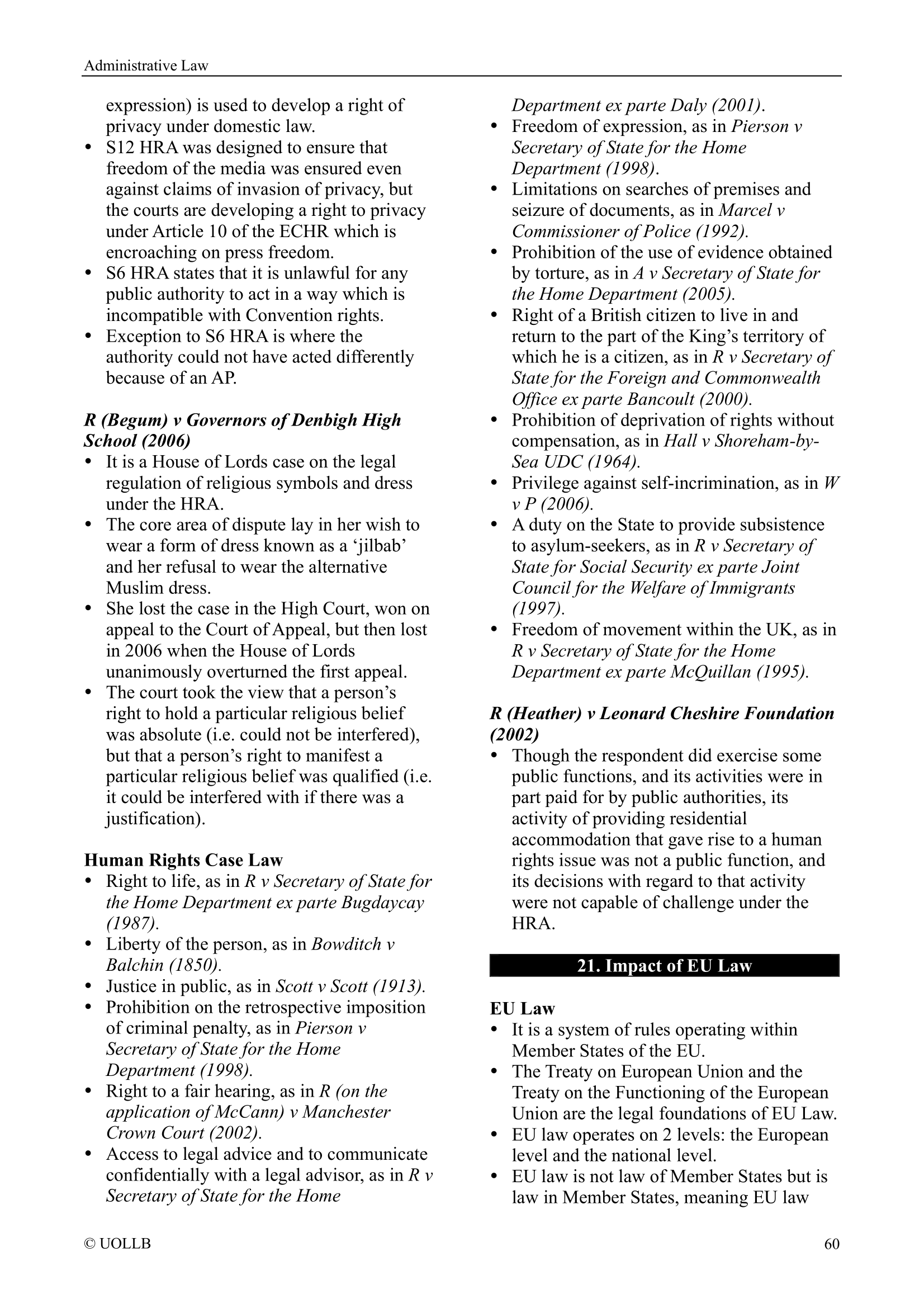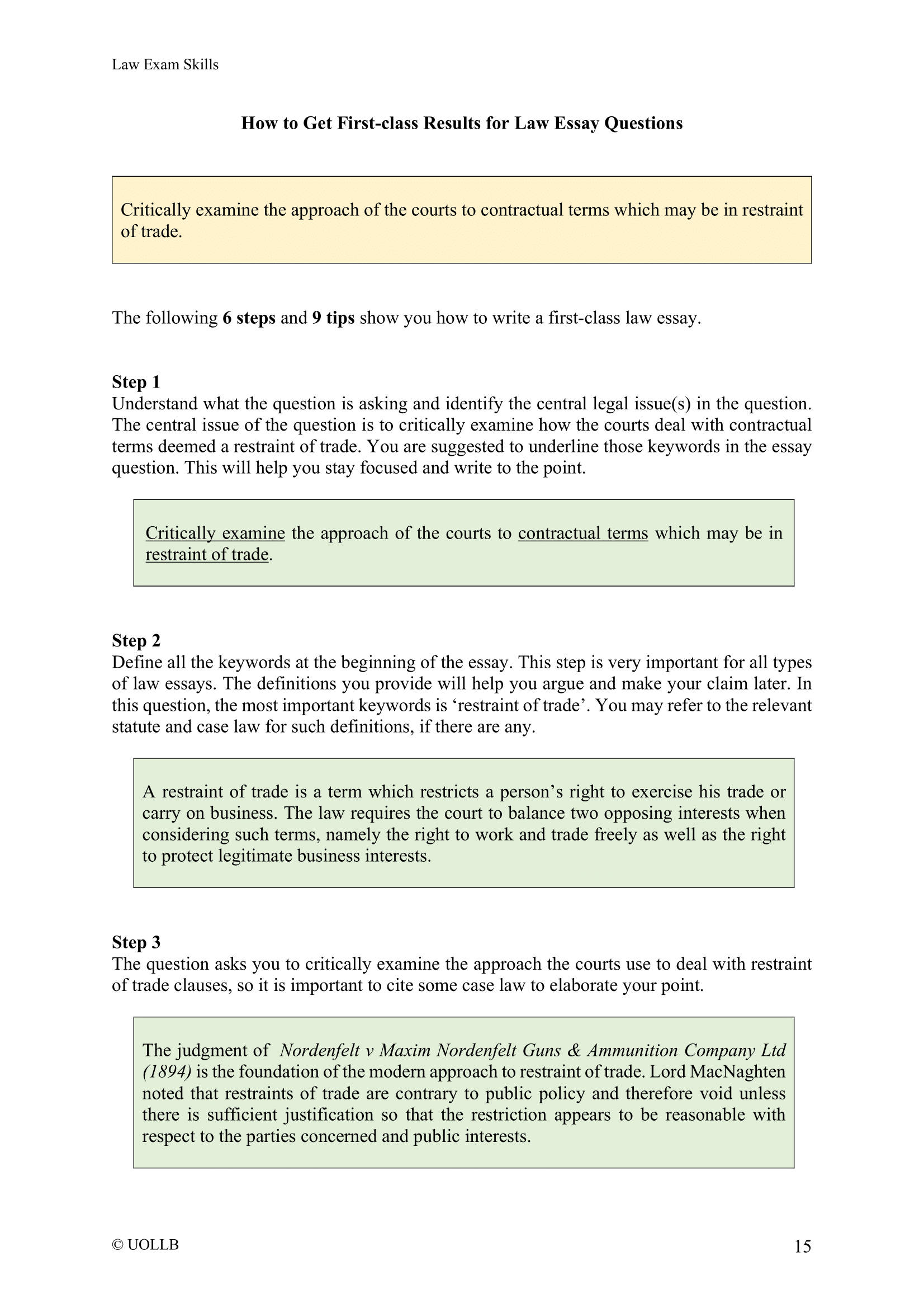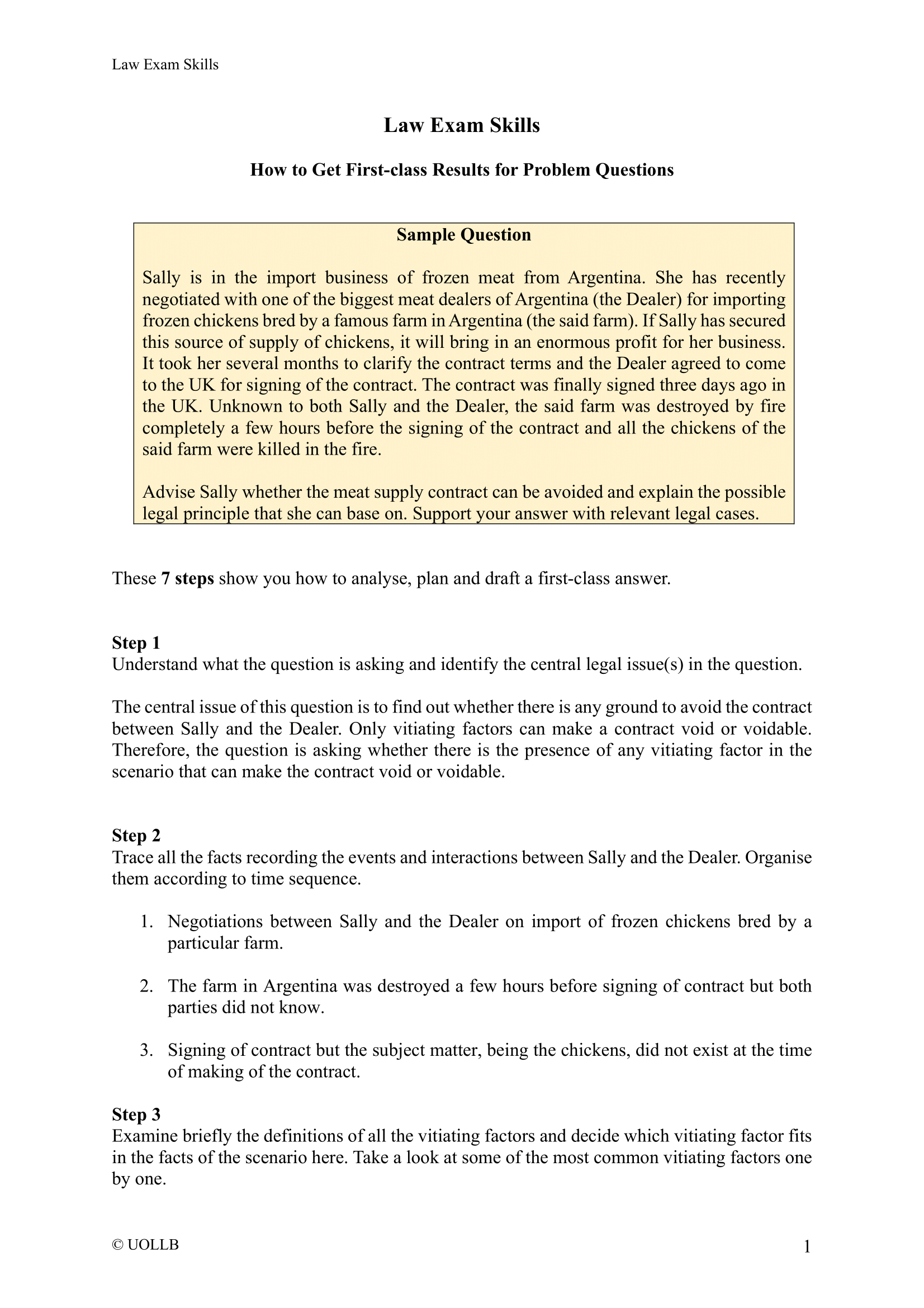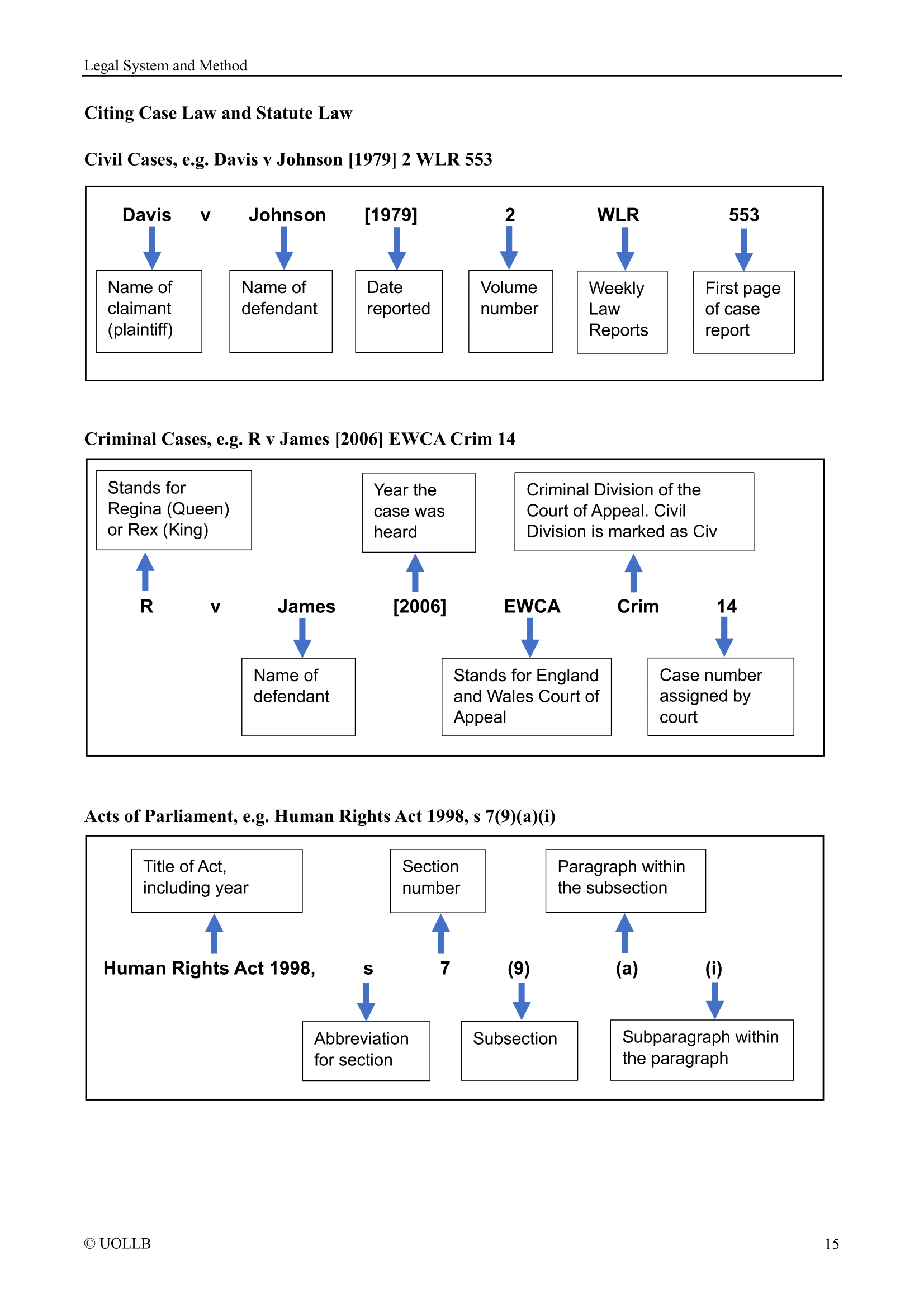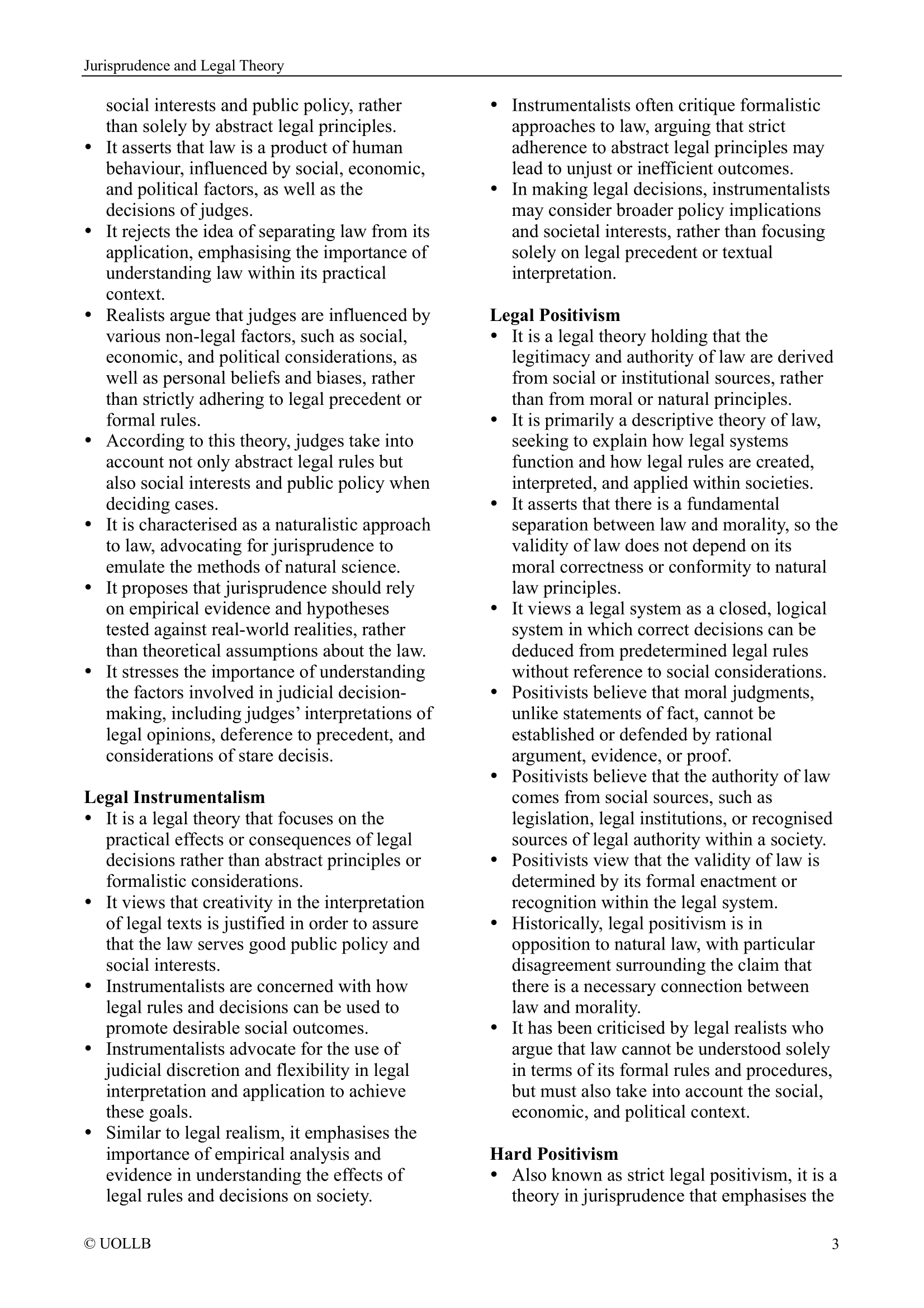| Doctrine |
Core Principle |
Legal Authority |
Leading Case Law |
|
Universality
|
Human rights belong to all individuals by virtue of being human. |
UDHR 1948, Vienna Declaration 1993 |
Prosecutor v Tadić (ICTY, 1995); R (Ullah) v Special Adjudicator [2004] UKHL 26 |
|
Inalienability
|
Human rights cannot be surrendered, transferred, or revoked. |
UDHR Art 2; ICCPR 1966 |
A v Secretary of State for the Home Department (Belmarsh) [2004] UKHL 56 |
|
Indivisibility & Interdependence
|
All rights (civil, political, economic, social, cultural) are equally important and mutually reinforcing. |
Vienna Declaration 1993; ICCPR & ICESCR |
Airey v Ireland (1979) 2 EHRR 305 |
|
Equality & Non-Discrimination
|
Everyone is entitled to human rights without discrimination. |
ECHR Art 14; Protocol 12; ICCPR Art 26 |
Thlimmenos v Greece (2000) 31 EHRR 15; R (Carson) v UK (2010) 51 EHRR 13 |
|
Proportionality
|
Restrictions on rights must be necessary, suitable, and proportionate to the legitimate aim pursued. |
ECHR Arts 8(2), 9(2), 10(2), 11(2) |
Handyside v UK (1976) 1 EHRR 737; R (Daly) v SSHD [2001] 2 AC 532 |
|
Margin of Appreciation
|
States have discretion in how they implement and balance Convention rights. |
Developed by ECtHR jurisprudence |
Handyside v UK (1976); Hirst v UK (No 2) (2005) 42 EHRR 41; Animal Defenders International v UK (2013) 57 EHRR 21 |
|
Positive Obligations
|
States must actively protect and fulfil rights, not merely refrain from violating them. |
ECHR implied obligations (Arts 2, 3, 8) |
Osman v UK (1998) 29 EHRR 245; X and Y v Netherlands (1985) 8 EHRR 235 |
|
Effectiveness (Efficacy)
|
Rights must be practical and effective, not theoretical or illusory. |
ECHR jurisprudence |
Airey v Ireland (1979); Artico v Italy (1980) 3 EHRR 1 |
|
Subsidiarity
|
National authorities have primary responsibility to protect rights; Strasbourg acts as a last resort. |
ECHR Art 1; Protocol 15 (2013) |
Kudła v Poland (2000) 35 EHRR 11; R (Ullah) v Special Adjudicator [2004] UKHL 26 |
|
Living Instrument
|
The Convention must be interpreted dynamically in light of present-day conditions. |
ECtHR jurisprudence |
Tyrer v UK (1978) 2 EHRR 1; Christine Goodwin v UK (2002) 35 EHRR 18 |
|
Legitimate Limitation / Derogation
|
Rights may be limited or derogated from only when necessary and lawful, consistent with Art 15 ECHR. |
ECHR Art 15, Arts 8–11(2) |
Lawless v Ireland (No 3) (1961) 1 EHRR 15; A and Others v UK (2009) 49 EHRR 29 |
|
Right to an Effective Remedy
|
Victims of human rights breaches must have access to an effective national remedy. |
ECHR Art 13; ICCPR Art 2(3) |
Kudła v Poland (2000); Soering v UK (1989) 11 EHRR 439 |
|
Extraterritorial Application
|
Convention rights can apply outside a state’s borders when it has effective control. |
ECHR Art 1 (“within their jurisdiction”) |
Al-Skeini v UK (2011) 53 EHRR 18; Banković v Belgium (2001) 11 BHRC 435 |
|
State Responsibility
|
States are liable for violations by their agents or for failing to prevent or investigate abuses. |
Articles on State Responsibility (2001); ECHR Art 1 |
Velásquez Rodríguez v Honduras (IACtHR, 1988); Osman v UK (1998) |
|
Prohibition of Abuse of Rights
|
Rights must not be exercised for purposes contrary to the Convention’s spirit. |
ECHR Art 17 |
Lawless v Ireland (No 3) (1961); KPD v Germany (1957) |
|
Doctrine of Fair Balance
|
Courts must strike a fair balance between individual rights and public interests. |
Inherent in ECHR proportionality tests |
Sporrong and Lönnroth v Sweden (1982) 5 EHRR 35; Hatton v UK (2003) 37 EHRR 28 |
|
Autonomy of the Individual
|
Human dignity and personal autonomy are central to human rights interpretation. |
ECHR Arts 8, 9; HRA 1998 |
Pretty v UK (2002) 35 EHRR 1; R (Nicklinson) v Ministry of Justice [2014] UKSC 38 |
